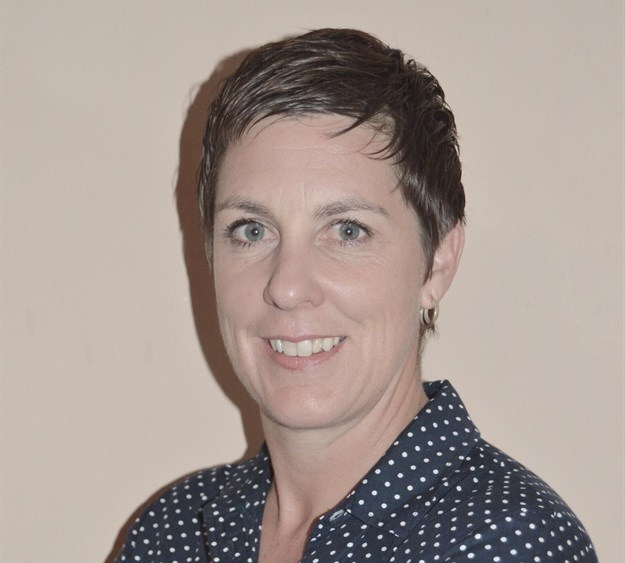HCM applications shouldn't be pretty - they should be downright gorgeous, if not super sexy. That is, if you let them. When it comes down to it, your HCM cloud applications should draw your employees in to engaging, collaborating, and enjoying their overall experience.

Jane Little
For my part as an employee, I want to be able to view, update, and add my personal details and my goals, or whatever I want. I also want to be able to do this wherever I want, whether it’s in bed with my morning coffee, on my commute to work, in the office, or during a quieter moment in the evening. What I don’t want, is to be bound by my calendar or HR’s requests giving me two days to provide critical and necessary information.
As a manager, my expectations are no different. I would like to be able to view my team, add their goals, check who is adding goals, look at cascading company and team goals, and see who is in the performance cycle and how I can ensure they hit their objectives, numbers. And I want to do this anytime, anywhere, on any device – without being held ransom by HR.
In managing the lifeblood of your organisation, it is critical that you use the right data to make the right decisions in order to properly use your expensive analytic tools which will predict when the ‘good’ or the ‘bad’ will be leaving the organisation. It can be frustrating to not have this data at your disposal, leaving you hunting around or waiting for your request to make it through the appropriate channels.
The power of 4
As an HR specialist, manager, employee, and more recently as one who became involved in HCM cloud management, I have four personas. These combined insights and approaches have taught me to expect consumer-grade user interfaces for HR systems to be intuitive and easy (meaning, no user manual required).
Simply, these interfaces should be developed so that:
- You can easily adopt the system and not adapt to its complex workings.
- It doesn’t make your business processes the holy grail of your organisation.
- It helps your business processes grow with the times.
- It helps your business processes grow with the people.
Unsurprisingly, employees and managers are generally reluctant to use those HR systems which organisations have typically invested a lot in. Often it’s because they’re too busy, bored, demotivated, can’t see the relevance, or feel that it’s too hard or cumbersome to use.
The fact is that your HCM application is easy to operate and intuitive – as well as sexy and inviting!
Keep it sexy, keep it clean
One thing we know about HR departments, is that they love history, as this is what we use to create our trends.
Luckily, a majority of enterprises have a tsunami of data, the majority of which is relative and some of which is outdated. One major lesson is that when moving from on-site applications to the cloud, data cleansing should become a separate project on its own. Part of this is ensuring that HR and IT work closely together.
Not only does this make sure that data cleansing becomes a business routine, thereby keeping the cloud pure, it also ensures that you can identify the errors within your data. This opens the way for an unbelievable experience and ease of adoption – to say nothing of less irritation for employees, managers, and HR departments.
With your data up-to-date, clean, and simple, HR can do what they are great at – engaging with talent, growing this talent, and ensuring that your organisation is successful. Without the unnecessary burden of managing HR from Excel spread sheets, you and your people are freed up to focus on driving revenue, streamlining operations, and allowing your business to do what it needs to do.
What’s the lesson?
A hugely controversial lesson learnt is that legislative HR data, goal setting, performance management, and succession processes are all the same across all organisations at their base concept and framework.
The difference comes in when you look at what organisations do with their data and these processes.
To that end, those organisations moving from on-site HR applications to HCM cloud applications should ensure that they adopt cloud best practices and not adapt these cloud applications to their business processes that inevitably become out dated, change with staff or company movements, and become the holy grail of an organisation.








































